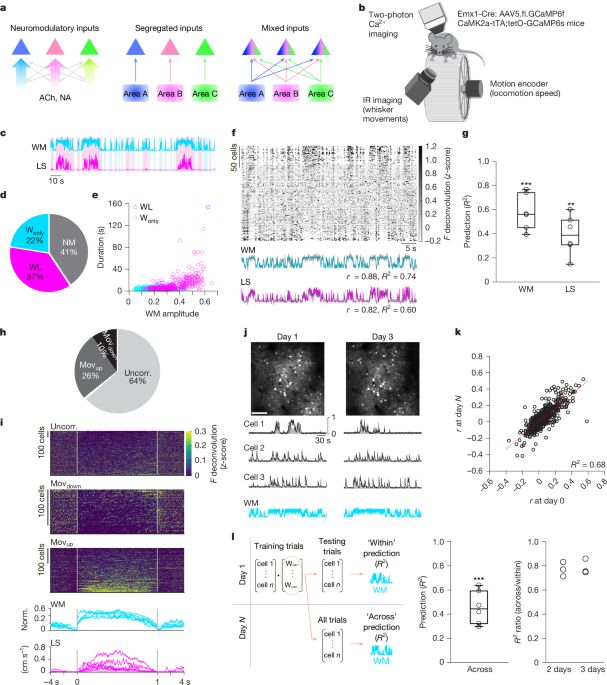AFNI Bootcamp: Sep. 23-25, 2025 | afni.nimh.nih.gov
Announcing the next AFNI Bootcamp: Sep 23-25, 2025.
Free, open & virtual.
This "Part 1" will focus on basic visualization and single subject FMRI processing, including discussions of alignment, templates, regression, ROIs and quality control.
Details & registration: afni.nimh.nih.gov/bootcamp
02.09.2025 16:41 — 👍 7 🔁 6 💬 1 📌 0
If you’d like to write a commentary to accompany our new article arguing for a rethinking of how we approach understanding visual function in occipitotemporal cortex, now is your chance!
29.08.2025 19:38 — 👍 2 🔁 1 💬 1 📌 0
Now out in @natneuro.nature.com
What happens to the brain’s body map when a body-part is removed?
Scanning patients before and up to 5 yrs after arm amputation, we discovered the brain’s body map is strikingly preserved despite amputation
www.nature.com/articles/s41593-025-02037-7
🧵1/18
21.08.2025 09:19 — 👍 108 🔁 44 💬 7 📌 10
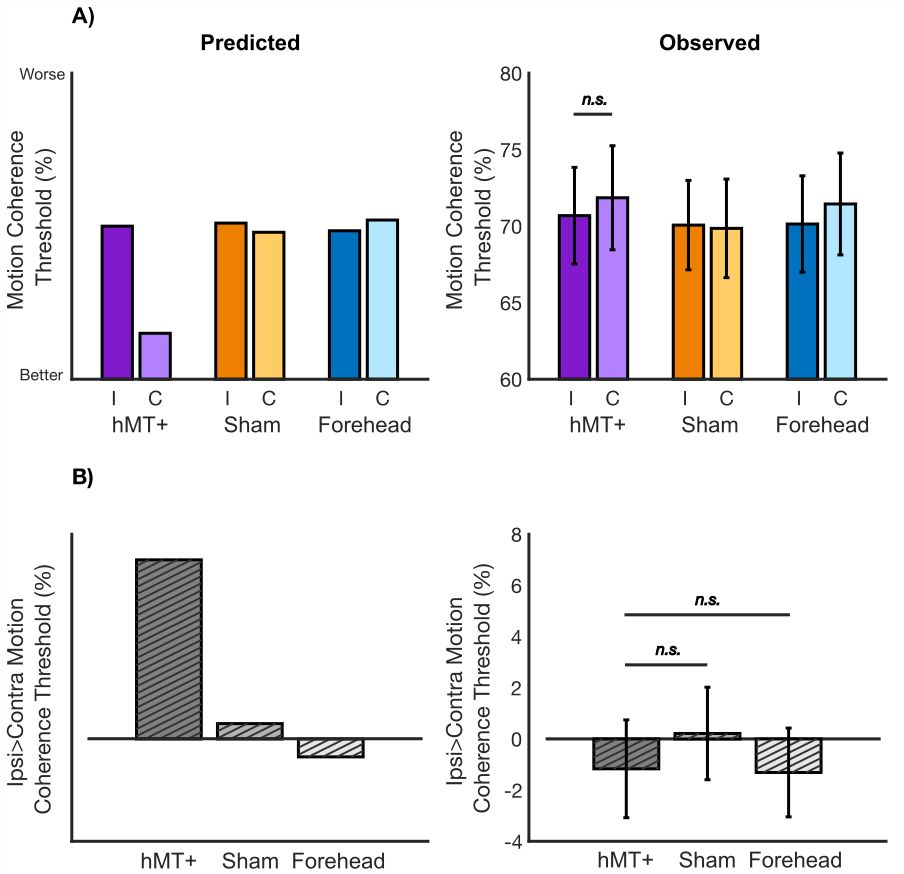
High-frequency transcranial random noise stimulation (hf-tRNS) targeted at motion processing region hMT+ does not improve visual motion discrimination. Failed #replication in #registeredreport
@ryanruhde.bsky.social Mica Carroll @cibaker.bsky.social
#trns #nibs #NIMH
doi.org/10.1016/j.co...
1/6
21.07.2025 14:20 — 👍 8 🔁 4 💬 2 📌 2
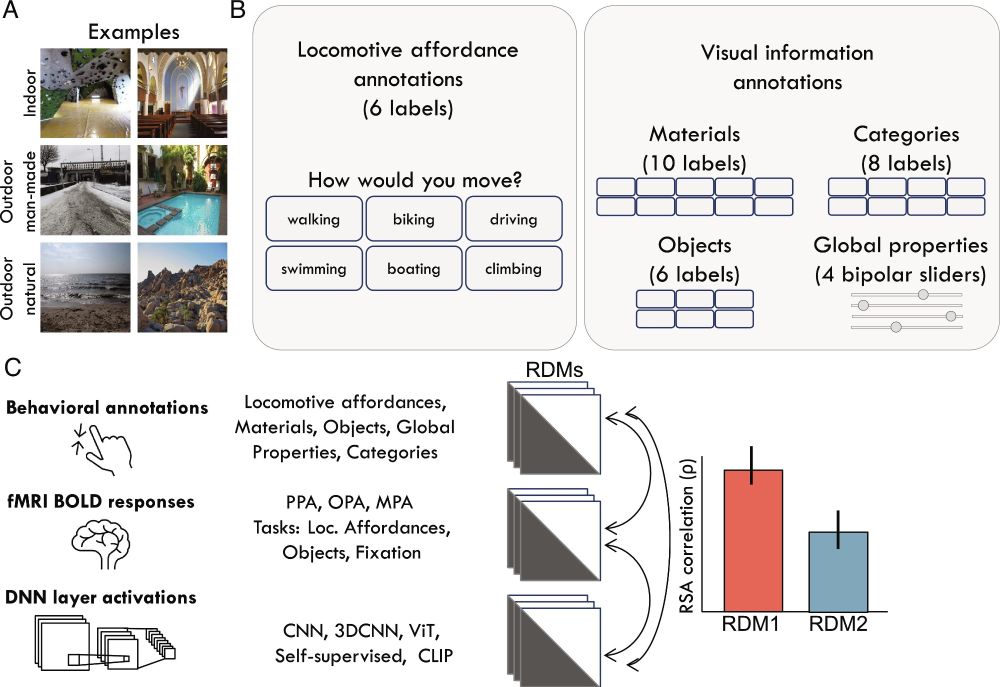
Representation of locomotive action affordances in human behavior, brains, and deep neural networks | PNAS
To decide how to move around the world, we must determine which locomotive actions
(e.g., walking, swimming, or climbing) are afforded by the immed...
In these tumultuous times, still happy to report a scientific achievement: our preprint on affordance perception was just published in PNAS!
www.pnas.org/doi/10.1073/...
Using behavior, fMRI and deep network analyses, we report two key findings. To recapitulate (preprint 🧵lost on other place):
16.06.2025 11:33 — 👍 72 🔁 27 💬 3 📌 1
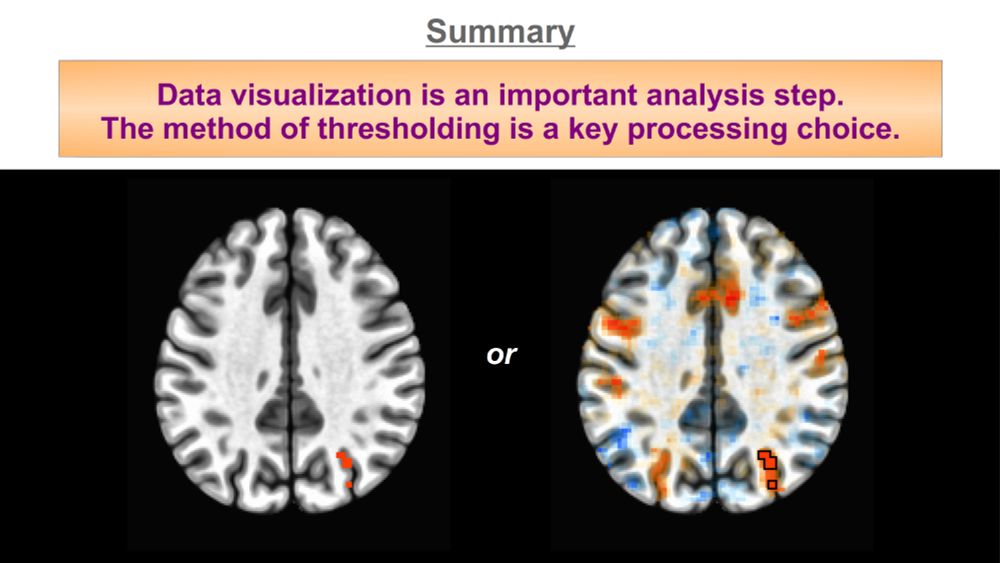
The result of a large (42 authors!) collaboration:
"Go Figure: Transparency in neuroscience images preserves context and clarifies interpretation"
arxiv.org/abs/2504.07824
TL;DR: The FMRI world can (and should) improve results interpretation and reproducibility *today*, via transparent thresholding.
11.04.2025 12:35 — 👍 90 🔁 35 💬 1 📌 10
Cosyne 2025 Object Centric Workshop
Website for the object centric workshop at 2025 COSYNE
Two more days until our workshop 🥳@cosynemeeting.bsky.social #Cosyne2025
Object-centric neural representations across species 🐒🐁🕷️🐝🖥️
Check out our homepage: toliaslab.org/workshop/cos...
Excellent speakers include @dyamins.bsky.social @hansopdebeeck.bsky.social & many more 🙌
30.03.2025 19:29 — 👍 11 🔁 5 💬 0 📌 0
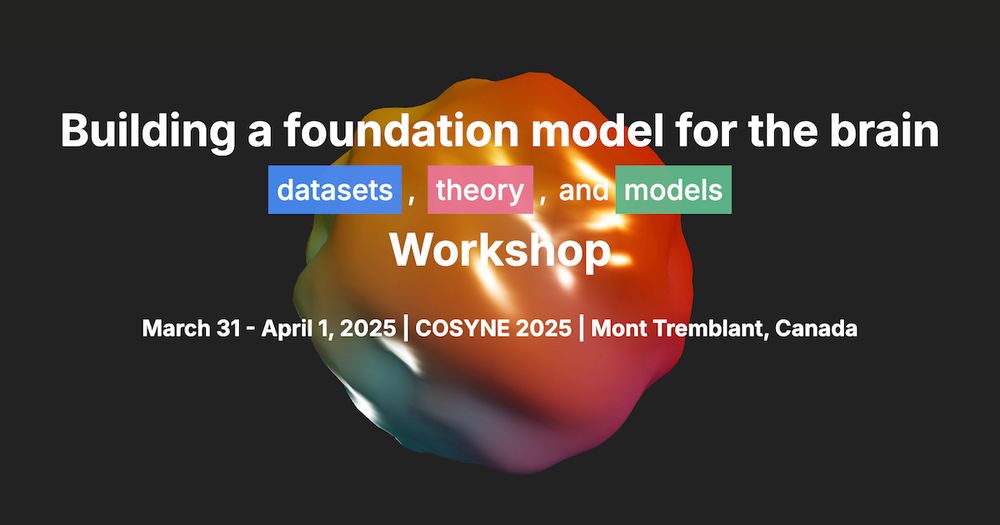
COSYNE 2025 Workshop - Building a foundation model for the brain
Join us to explore neuro-foundation models. March 31-April 1, 2025 in Mont Tremblant, Canada.
I'll be giving a talk at the foundation model workshop #Cosyne2025 tomorrow: neurofm-workshop.github.io
In response to @thetransmitter.bsky.social article by @tyrellturing.bsky.social & Eva Dyer I'll be talking about:
How do "foundation"/AI models help us (experimenters) study the brain?
30.03.2025 19:22 — 👍 32 🔁 11 💬 1 📌 0
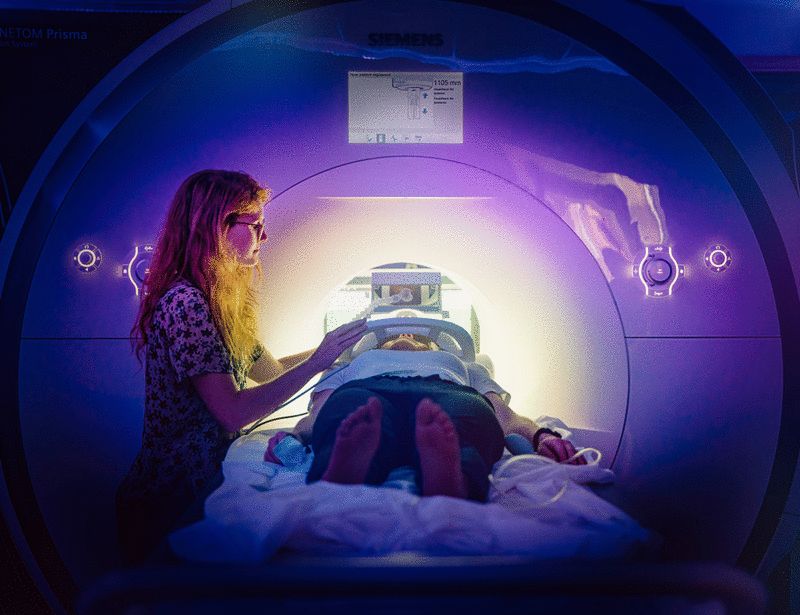
Hippocampal encoding of memories in human infants
Humans lack memories for specific events from the first few years of life. We investigated the mechanistic basis of this infantile amnesia by scanning the brains of awake infants with functional magne...
Why do we not remember being a baby? One idea is that the hippocampus, which is essential for episodic memory in adults, is too immature to form individual memories in infancy. We tested this using awake infant fMRI, new in @science.org #ScienceResearch www.science.org/doi/10.1126/...
20.03.2025 18:36 — 👍 481 🔁 165 💬 21 📌 22
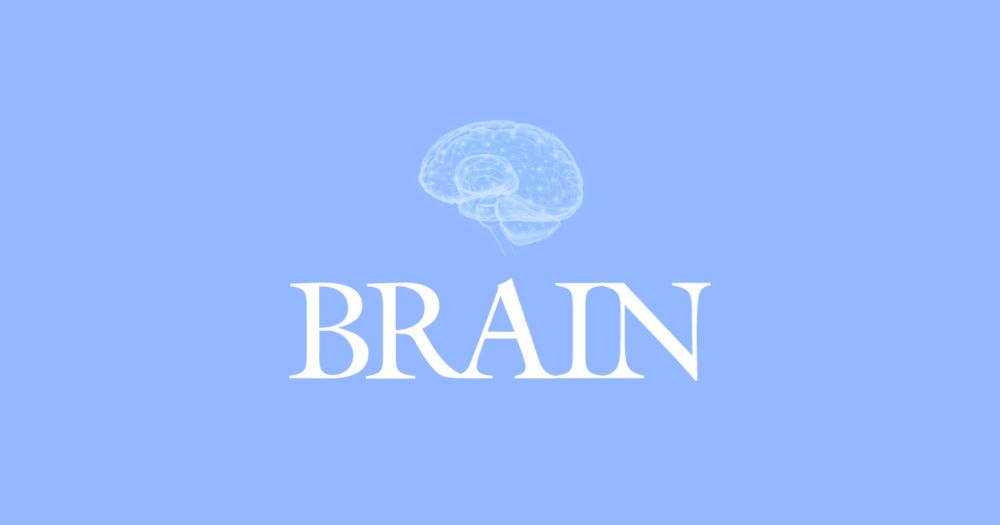
How modular are modules in visual cortex?
This scientific commentary refers to ‘Visual feature processing in a large stroke cohort: evidence against modular organization’ by Lugtmeijer, Sobolewska
I wrote a commentary on a very nice paper that just appeared in @brain1878.bsky.social by @selmalugtmeijer.bsky.social, Sobolewska, de Haan & @neurosteven.bsky.social.
Spoiler: It's about modularity in mid-level vision. 🤓
Original paper:
doi.org/10.1093/brai...
Commentary:
doi.org/10.1093/brai...
14.03.2025 09:19 — 👍 17 🔁 6 💬 0 📌 1
The dynamic version is even more disturbing...
12.03.2025 14:29 — 👍 105 🔁 39 💬 6 📌 1

A body detection inversion effect revealed by a large-scale inattentional blindness experiment
As a social species, humans preferentially attend to the faces and bodies of other people. Previous research revealed specialized cognitive mechanisms…
New Paper out in @Cognition with @peelen.bsky.social !🚨📣
In a large-scale (N = 13539!) inattentional blindness experiment ran on naive museum visitors we demonstrate visual sensitivity to the 🚶♀️ upright human form 🚶♂️
@dondersinst.bsky.social
Open access link
www.sciencedirect.com/science/arti...
12.03.2025 08:32 — 👍 36 🔁 16 💬 1 📌 1
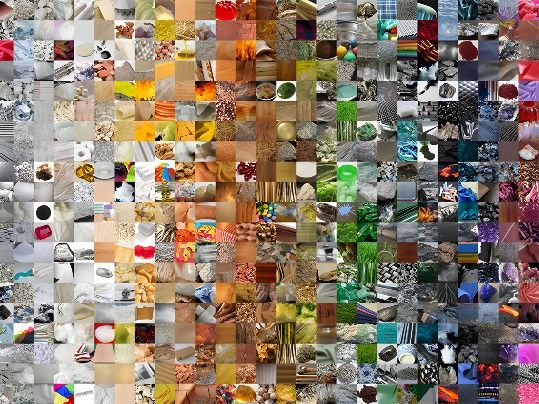
People talk a lot about objects, but what about the softness of a cushion, the greenness of an emerald, or the viscosity of oil? In our work just published @pnas.org, we shed light on how we make sense of the hundreds of materials around us.
www.pnas.org/doi/10.1073/...
06.03.2025 21:36 — 👍 86 🔁 37 💬 1 📌 1
Why is it hard to make bathroom tiles look random? I really enjoyed discussing how our pattern-seeking visual brains make it tricky to perceive randomness with the BBC CrowdScience team.
24.02.2025 20:10 — 👍 7 🔁 1 💬 0 📌 0
🚨PhD opportunity Fall/Winter
2025🚨
Join me in Geneva Switzerland #unige to learn more about colour perception. Using neuroimaging & computational modelling, you'll be working with an international & interdisciplinary team to understand how we transform light into a colourful world!🧠👁️🌈 #neurojobs
21.01.2025 14:08 — 👍 30 🔁 16 💬 2 📌 4

Embracing the complexity of visual understanding
Chris Baker's talk now at University of Maryland
#neuroscience
06.12.2024 15:20 — 👍 43 🔁 3 💬 2 📌 1
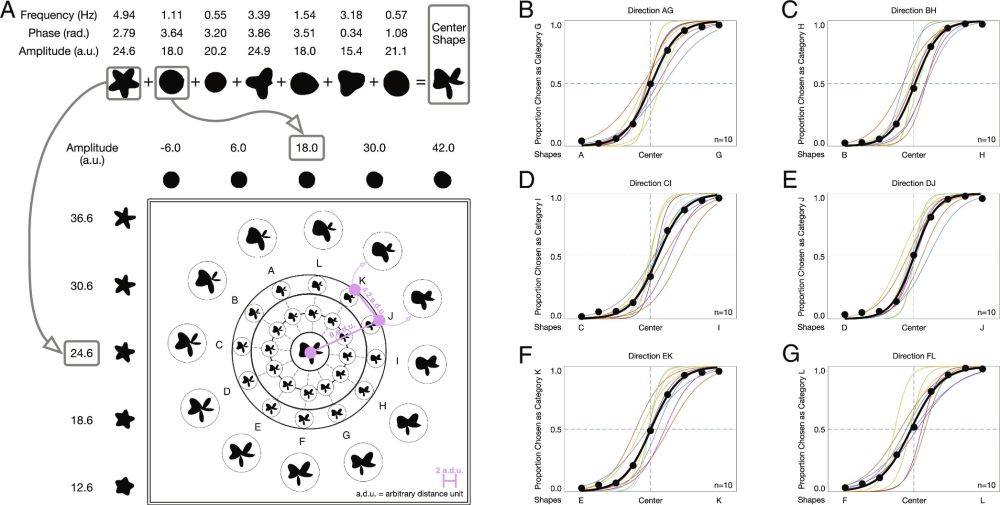
Sculpting new visual categories into the human brain | PNAS
Learning requires changing the brain. This typically occurs through experience, study,
or instruction. We report an alternate route for humans to a...
New paper story time (now out in PNAS)! We developed a method that caused people to learn new categories of visual objects, not by teaching them what the categories were, but by changing how their brains worked when they looked at individual objects in those categories.
www.pnas.org/doi/10.1073/...
04.12.2024 19:59 — 👍 150 🔁 62 💬 8 📌 7
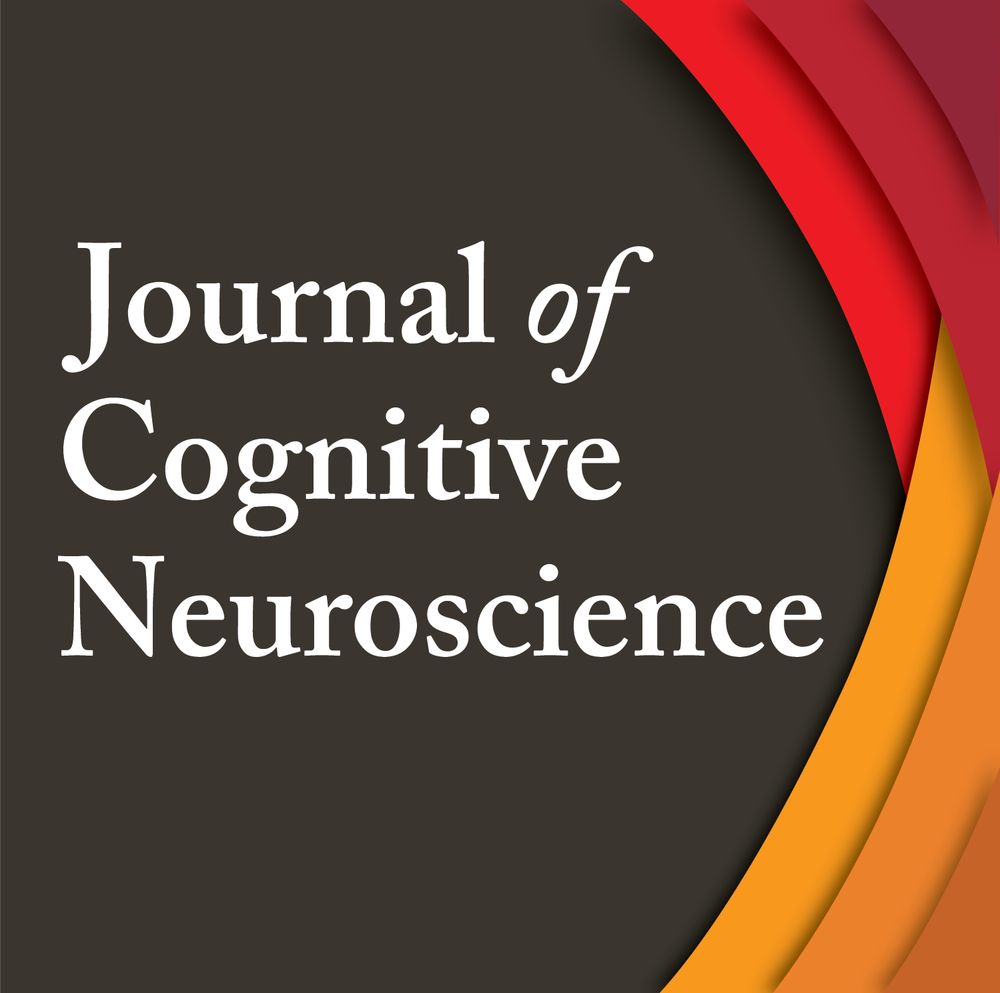
Leslie Ungerleider (1946 - 2020) was an extraordinary, pioneering neuroscientist. The latest issue of @jocn.bsky.social honors her legacy with articles authored by former colleagues & trainees that highlight critical aspects of her work and its influence https://buff.ly/4156UKw #cogsci #neuroscience
04.12.2024 00:40 — 👍 74 🔁 29 💬 1 📌 2
We are editing a Special Issue in JoV #VisionScience following our VSS symposium on 'The Temporal Evolution of Visual Perception'. More details:
arvojournals.org/DocumentLibrar…
@cibaker.bsky.social @dimafic.bsky.social @irisgroen.bsky.social @tgro.bsky.social @rdenison @melcherpaclab.bsky.social
26.11.2024 14:09 — 👍 9 🔁 5 💬 0 📌 0
Excited to share our recent work investigating the temporal dynamics of object space! It’s been wonderful working with @tgro.bsky.social and @drquekles.bsky.social at @marcsinstitute.bsky.social on this fun project😊
22.11.2024 03:00 — 👍 15 🔁 6 💬 0 📌 0
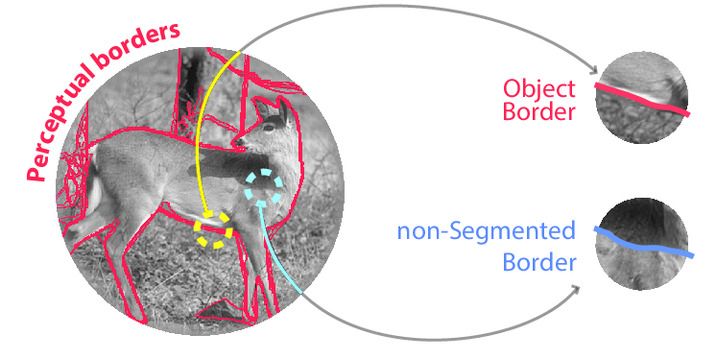
Natural image showing perceptual borders
How do we segregate objects from the background?
Here, we show that early visual cortex (V1) enhances object borders and rapidly (±50ms) discriminates them, indicating V1 neurons are tuned to perceptually relevant borders in natural images.
Full paper: doi.org/10.1073/pnas...
20.11.2024 09:38 — 👍 31 🔁 8 💬 1 📌 0
go.bsky.app/JGjCBpe
21.11.2024 11:00 — 👍 4 🔁 2 💬 0 📌 0

Super excited to be co-hosting scientist Nancy Hopkins and author Kate Zernike at NIH this Wednesday as part of a event jointly organized by the Porter Book Club, Women Scientists Advisors (WSA) and Women Scientist Fellows (WSF).
Details:
linktr.ee/wsf.nih?utm_...
videocast.nih.gov/watch=55349
18.11.2024 18:39 — 👍 21 🔁 7 💬 1 📌 3
In this new perspective piece, we argue for an alternative framework of visual function in occipitotemporal cortex that prioritizes the behavioral relevance of visual properties in real-world environments.
18.11.2024 16:42 — 👍 7 🔁 3 💬 1 📌 0
Social psychologist at CU Boulder.
Stereotyping & prejudice; disparities in STEM ed, social neuroscience.
Quilter, traveler. Opinions = my own.
@sfn.org journals JNeurosci and eNeuro serve the field by publishing conceptual advances in neuroscience.
https://www.sfn.org/
I use neuroimaging and neurostimulation to study how the brain processes language, semantic meaning, mental imagery, and synaesthesia 🧠🏳️🌈🏳️⚧️
I'm a lecturer at Birkbeck, University of London.
More info in my website: https://roccochiou.weebly.com/
Neurobiologist studying the prefrontal cortex
⚾🏀🍺🧠🎶
Associate Professor, Dept of Psychology, UC Berkeley.
PI of @shenhavlab.bsky.social
https://www.shenhavlab.org/
Scientist, Professor
Passionate advocate for responsible and humane research involving animals.
#ThankAMonkey #EndSufferingThruScience
Views are my own.
Assistant Professor at Ohio State studying how we remember what we learn + how we learn from our memories
www.momentslab.org
Lecturer in Psychology at the University of Stirling. Main research interests:developmental prosopagnosia, faces, neurodevelopmental conditions . She/her. Also occasional spam about outdoor swimming in Scotland 🏴🏊♀️
incoming asst professor @ucberkeley psych | cognitive scientist studying mechanisms of discovery @ santa fe institute
mdubova.com
Communications Psychology is a selective, peer reviewed, open access journal in the @natureportfolio.bsky.social, publishing high-quality research, reviews and commentary across psychology.
https://www.nature.com/commspsychol/
Tufts Professor and Dean. Considers memory reconstruction as a universal principle of cognition. One of the founders of The Spark Society - dedicated to supporting diverse voices in Cognitive Science.
Associate prof of psychology Vanderbilt Univ, studies how adults and children learn true and false information, she/her, lkfazio.com
Science geek who believes science is for everyone! ALL should be included in the scientific process! All views shared are personal.
Epidemiologist 📊 • Associate Prof at Harvard Med School & School of Public Health • Founding Director LGBTQ Health Center of Excellence • Views=own• Mom of 3 kiddos • she/her + 🏳️🌈
U.S. Senator from New Jersey.
senior writer @WIRED.com. rep’d by @newsguild.org
> privacy, nat’l security, adint
signal: dell.3030
Reporter @WIRED covering disinformation, online extremism, and election hucksters. https://www.wired.com/author/david-gilbert/
Got a tip? Get in touch
• Email: david.gilbert@wired.com
• Signal: @DavidGilbert.01
Security writer @wired.com
Cybercrime, privacy, surveillance, and more.
Signal: mattburgess.20 | Email: matt_burgess@wired.com
Feminist science professor at the University of Illinois. Obsessed with the uterus, even when it's being shitty. Author of PERIOD: The Real Story of Menstruation, now out on paperback. Up next: PREGNANCY, INTERRUPTED. Settler, queer. 🍉
Co-founder of Grant Witness: https://grant-witness.us
Epidemiologist. Attorney. Social, legal, and environmental determinants of health.
On Signal: sdelaney.84










